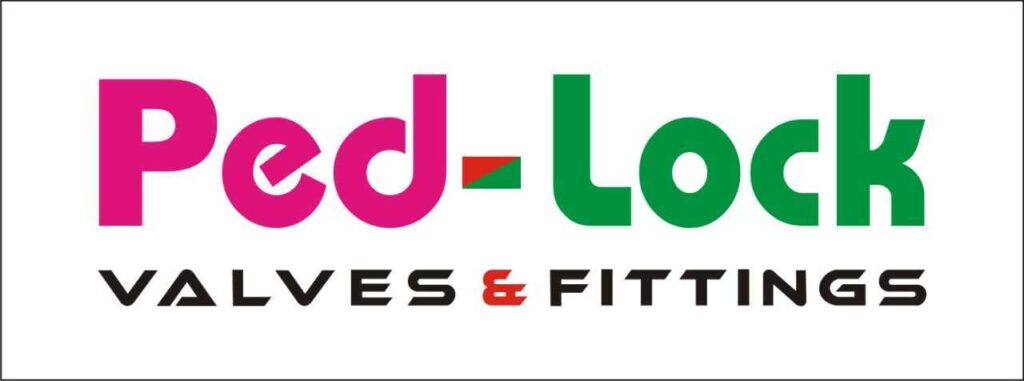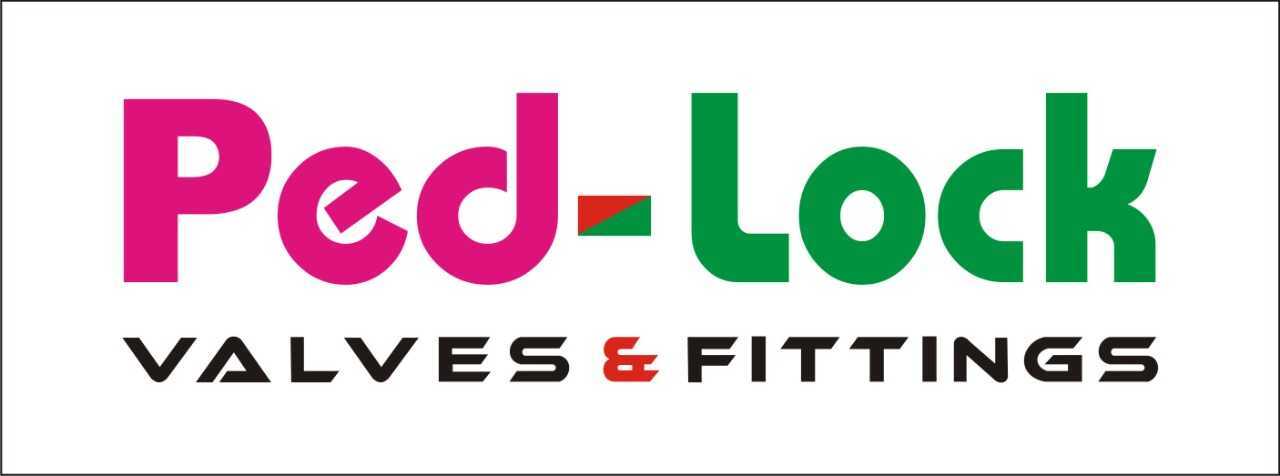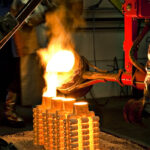Why 3 Way Ball Valves Can not Be Safe

Ball valves with soft polymer seats are used where tight shut off of flow is required. This excellent shut off capability of polymer seats comes with a downside- high temperature service constraint. All soft seated ball valves can work at maximum temperatures dictated by the seat and seal properties. In case of a fire incident at the site/ factory where these valves are installed, it will result in melting or vaporization of seats leading to massive leakages of pipelines. To avoid such an event, fire safe ball valves were introduced. These ball valves have additional secondary metal seats, which comes into play, when the soft seats melt due to heat, caused by a fire. The major part of the leakage is arrested if the fire safe ball valve is in closed position at the time of the fire event. Such ball valves are certified as fire safe after clearing a test specified under API 607 standard, which is basically a standard for isolation valves.
Let us now shift our focus to 3 Way ball valves. 3 way ball valves are used for flow diversion. Hence, the 3 Way valves function like elbows. It is quite clear that elbows do not stop the flow of fluid but merely divert the flow through 90 degrees. When we apply the conditions of fire safe testing to a 3 Way ball valve, we find that in the case of a fire incident, the 3 Way valves shall continue to allow fluid to flow through them. The polymer seats will melt due to the temperature but providing a secondary metal seat will not make a 3 Way ball valve fire safe.
There is one more unique issue in the case of 3 Way L Port ball valves which does not allow for successful fire safe test. In case of a two way valve, the ball inside the valve has the ability to float towards the downstream seat when pressure is applied. This characteristic is exploited to the hilt during fire safe testing. Once the primary polymer seats are destroyed, the ball keeps on floating under pressure towards the secondary metal seat and seals the possible leakage. However, in the case of an L port 3 Way ball, the floating of the ball occurs only in one direction. If the valve is rotated by 90 degrees, there is no floating of the ball. During fire safe test of a 3 Way ball valve with one outlet shut, the ball is arranged in such a way that it can float towards the metal seat. The valve in this configuration may pass the “fire safe test”. However, if the ball is rotated by 90 degrees such that there is no floating possible, the valve will definitely fail the fire safe test. What this means is that the fire safe test is staged to suit the convenience of the manufacturer because it can pass only in one possible configuration.
Any ball valve can pass the fire safe test only when enough pressure is built inside the valve to force the ball to float and minimize leakage. The fire safe test must mimic actual working conditions as the valve should prevent a catastrophe during a fire incident. If a fire incident does occur, a 3 Way ball valve shall continue to allow flow of fluids towards one port. This does not satisfy the requirement of the standard. It may allow or prevent the flow to the closed port depending upon whether the ball is in floating or non- floating configuration, at the time of the incident. Thus, even if someone were to argue that the valve minimizes flow through the closed port during a fire incident, it is clear from the above information, that the valve can work fire safely, only 50 percent of the time. No standard or engineering practice can certify a product as conforming when it fails half the time. Hence, 3 way ball valves cannot be fire safe.



